[This is a running series where I share my thoughts on a different comic most Mondays, sometimes Manga, sometimes American, Chinese, Korean or UK comics. I read a huge amount of comics and thought I’d start to highlight some of the more interesting ones.]
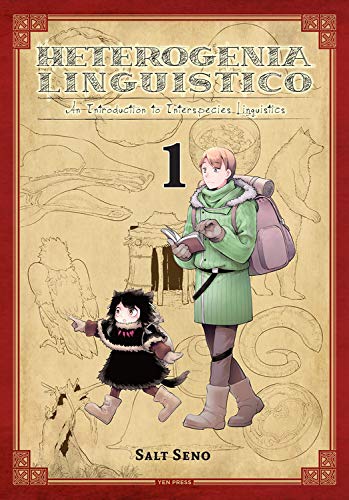
Series Name: Heterogenia Linguistico: An Introduction to Interspecies Linguistics (aka Heterogeneous Linguistics)
Author: Seno Salt
Artist: Seno Salt
Tags: Fantasy, Exploratory Manga, Linguistics,
Target Audience: University Students, Academics, Mature General Audience
MICE Quotient: Inquiry
Rob Rating: 7/10
Rob Synopsis:
A tale as old as time, a professor shovels of his research work onto a poor grad student…
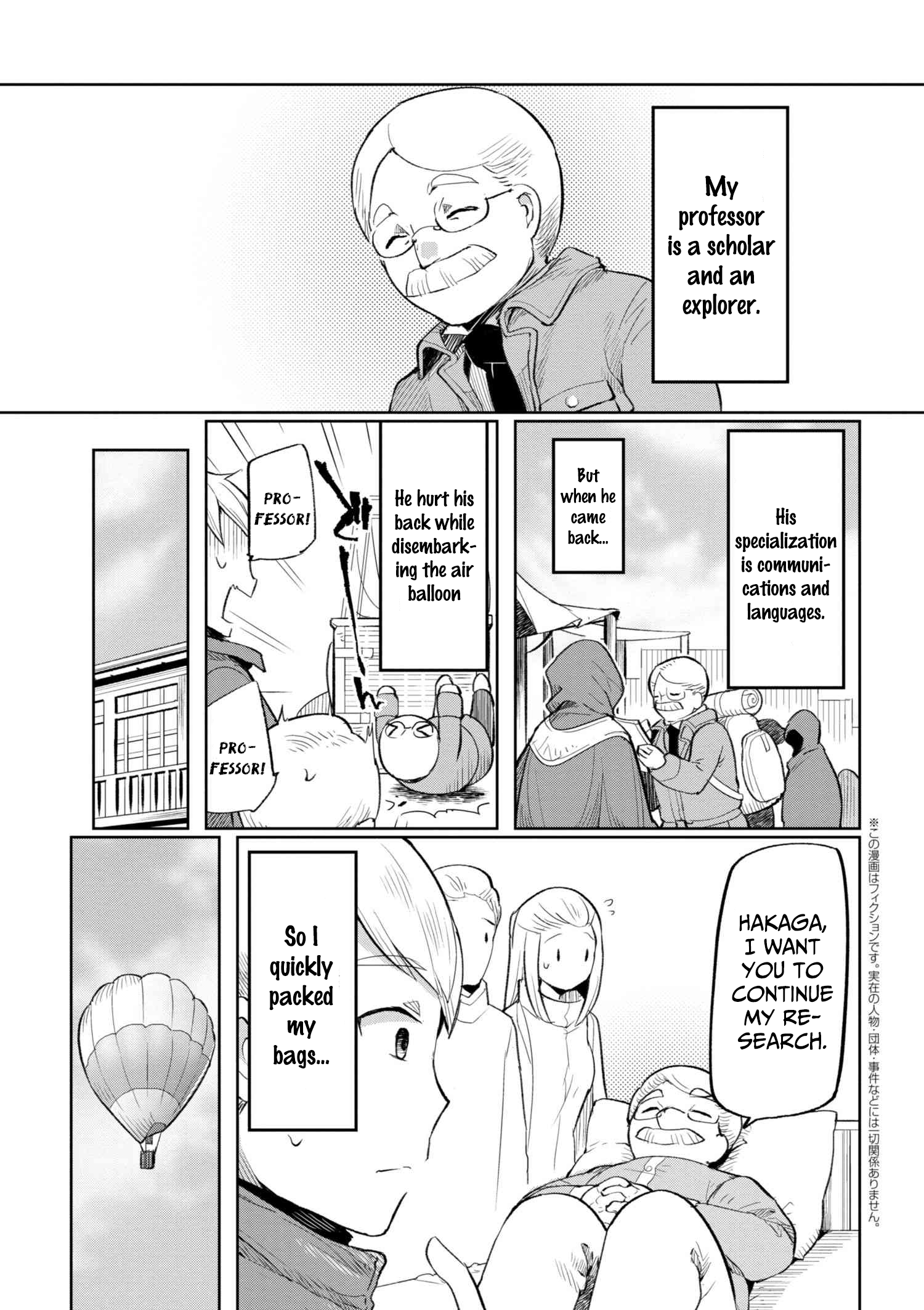
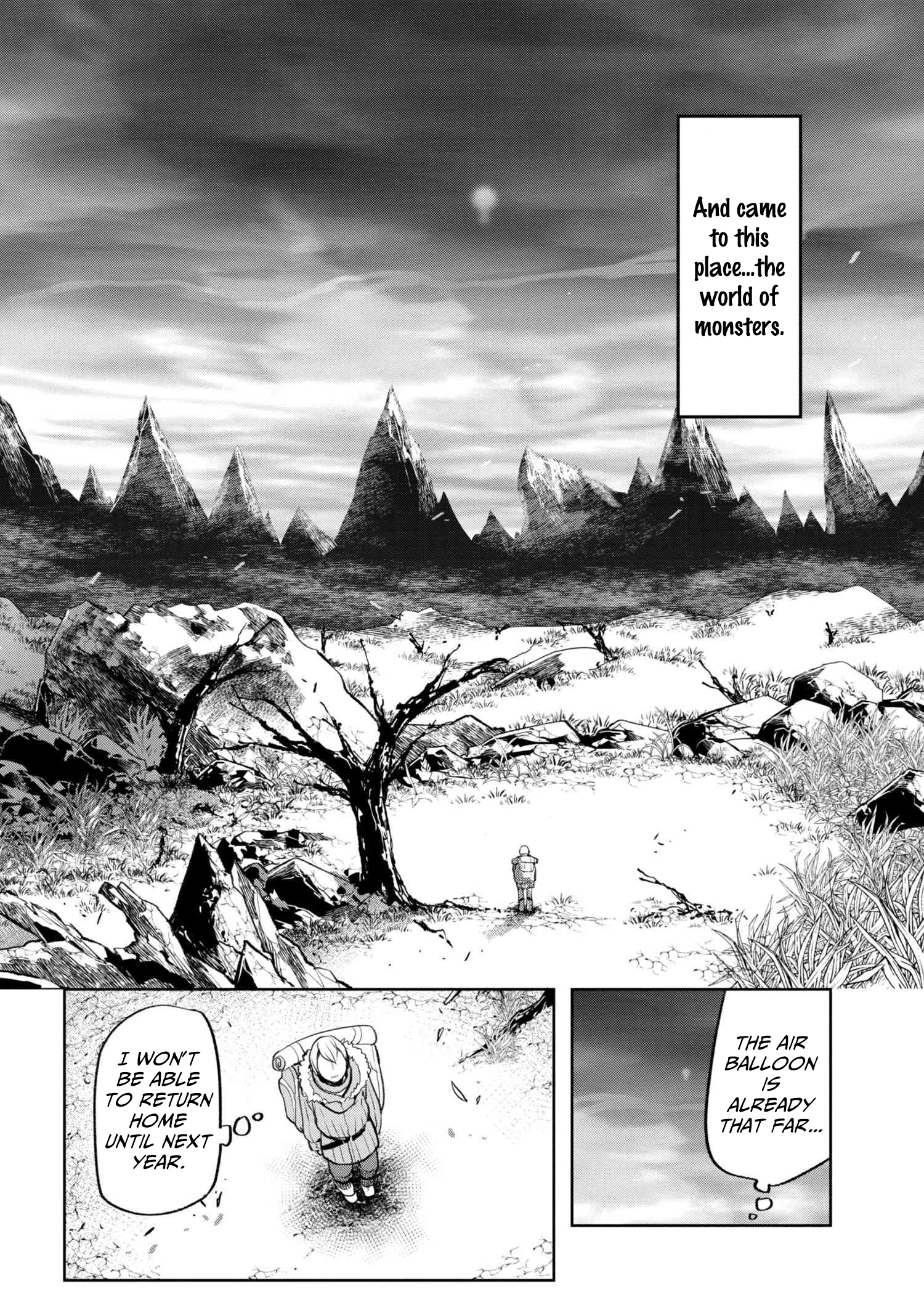
Picks up a local guide…
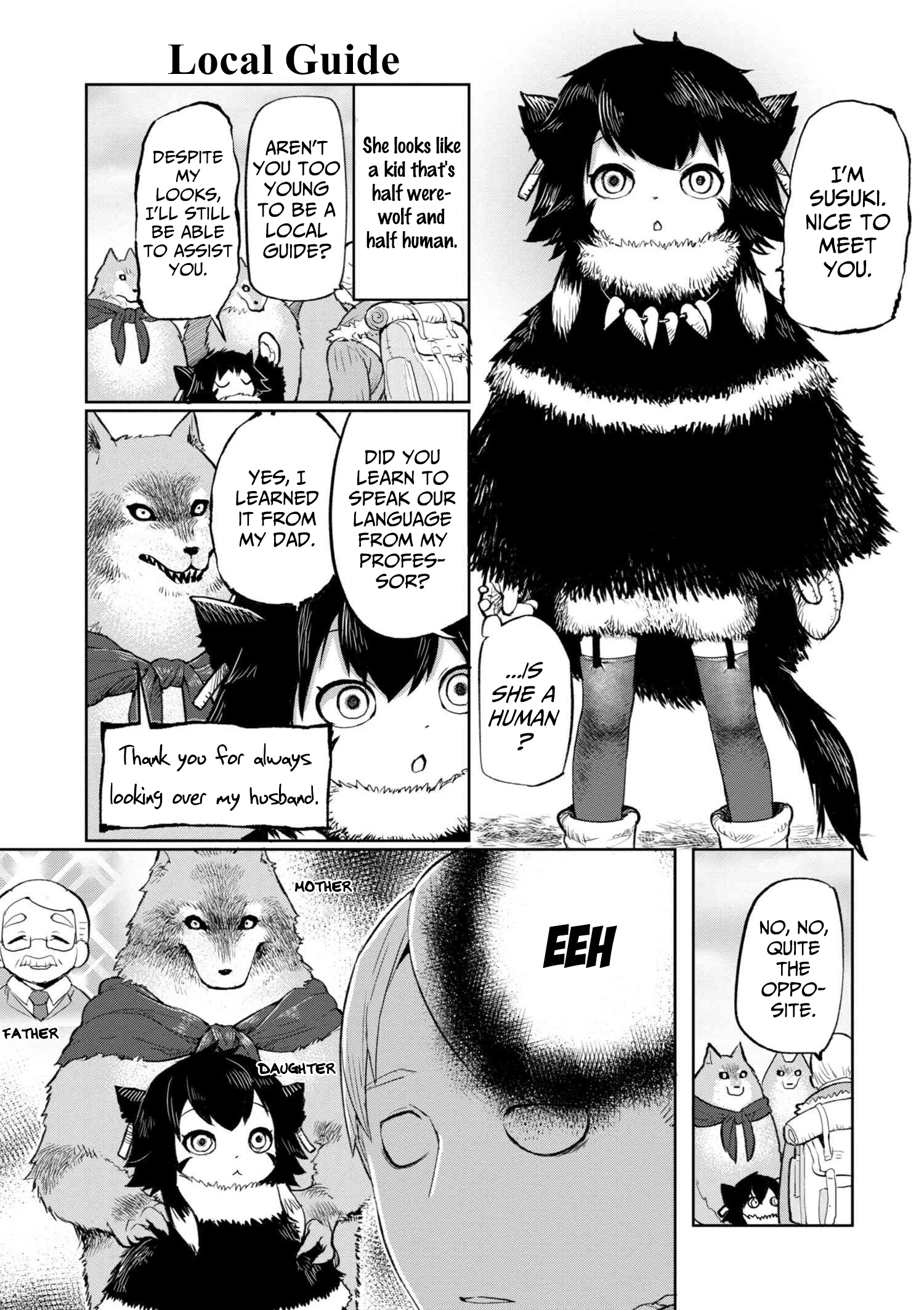
And plunges hip deep into a new and unfamiliar situation.
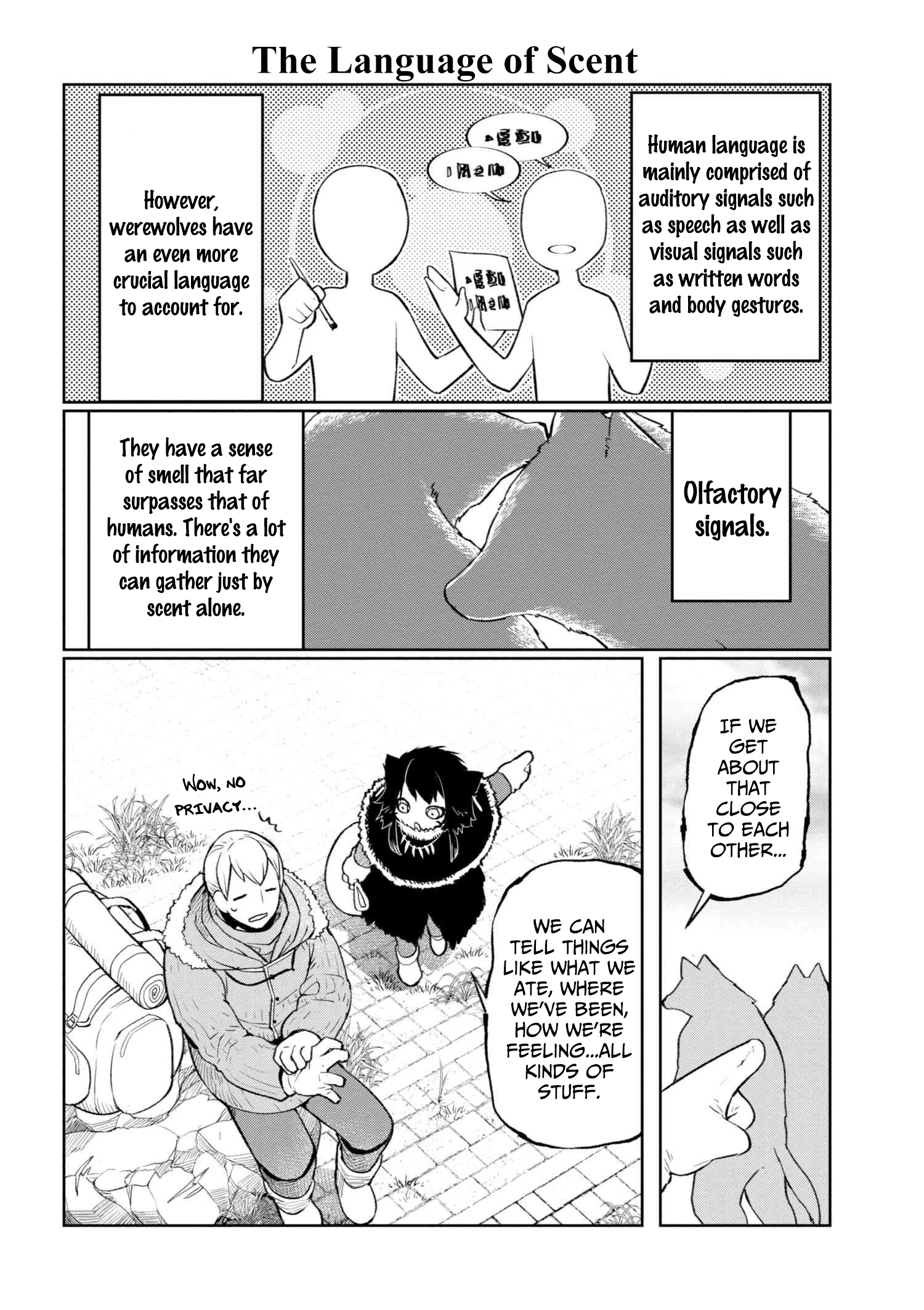
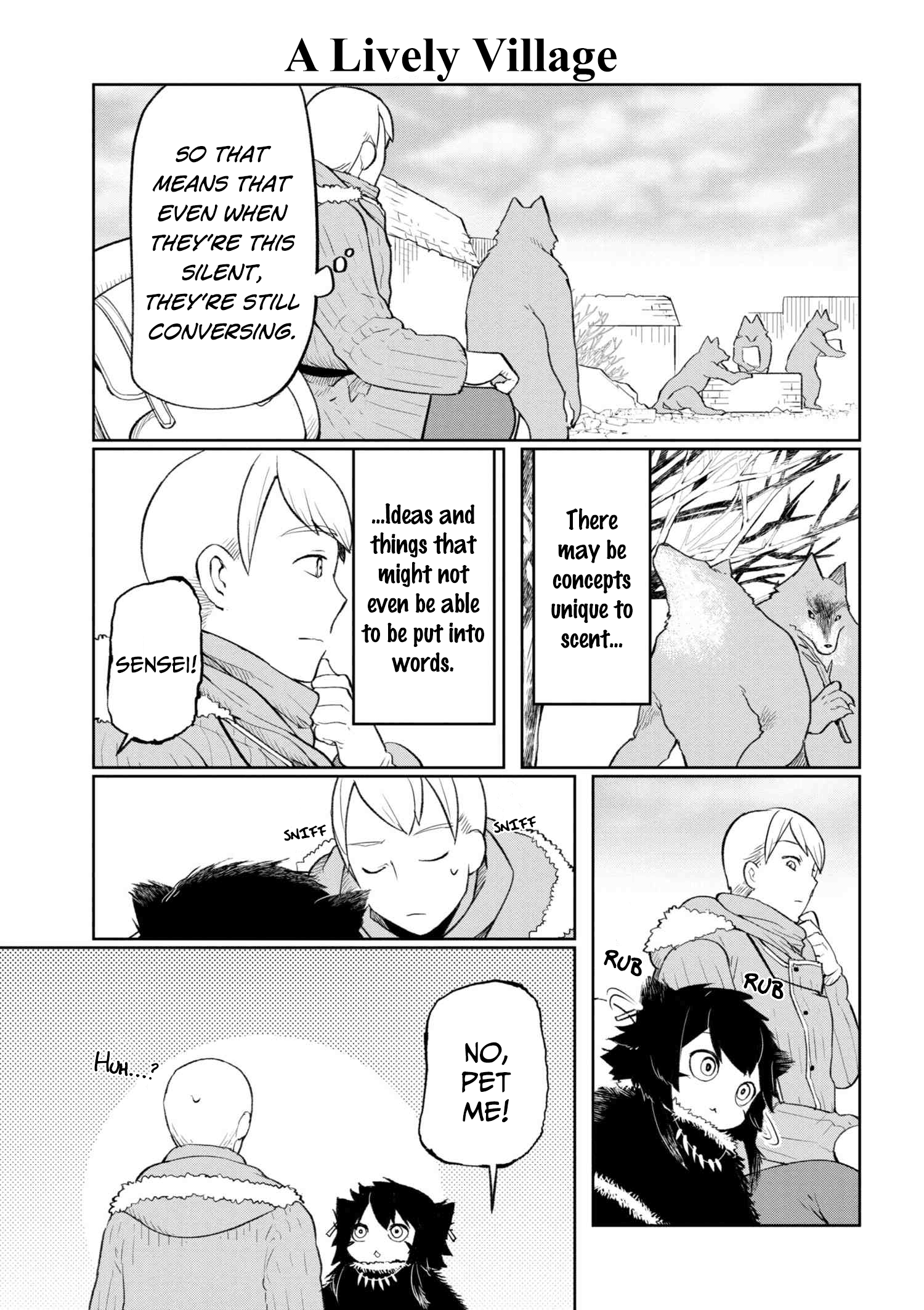
Meeting strange people, learning about new cultures, and in this case trying to communicate with fantasy species that don’t even have the same mouth shape humans do!
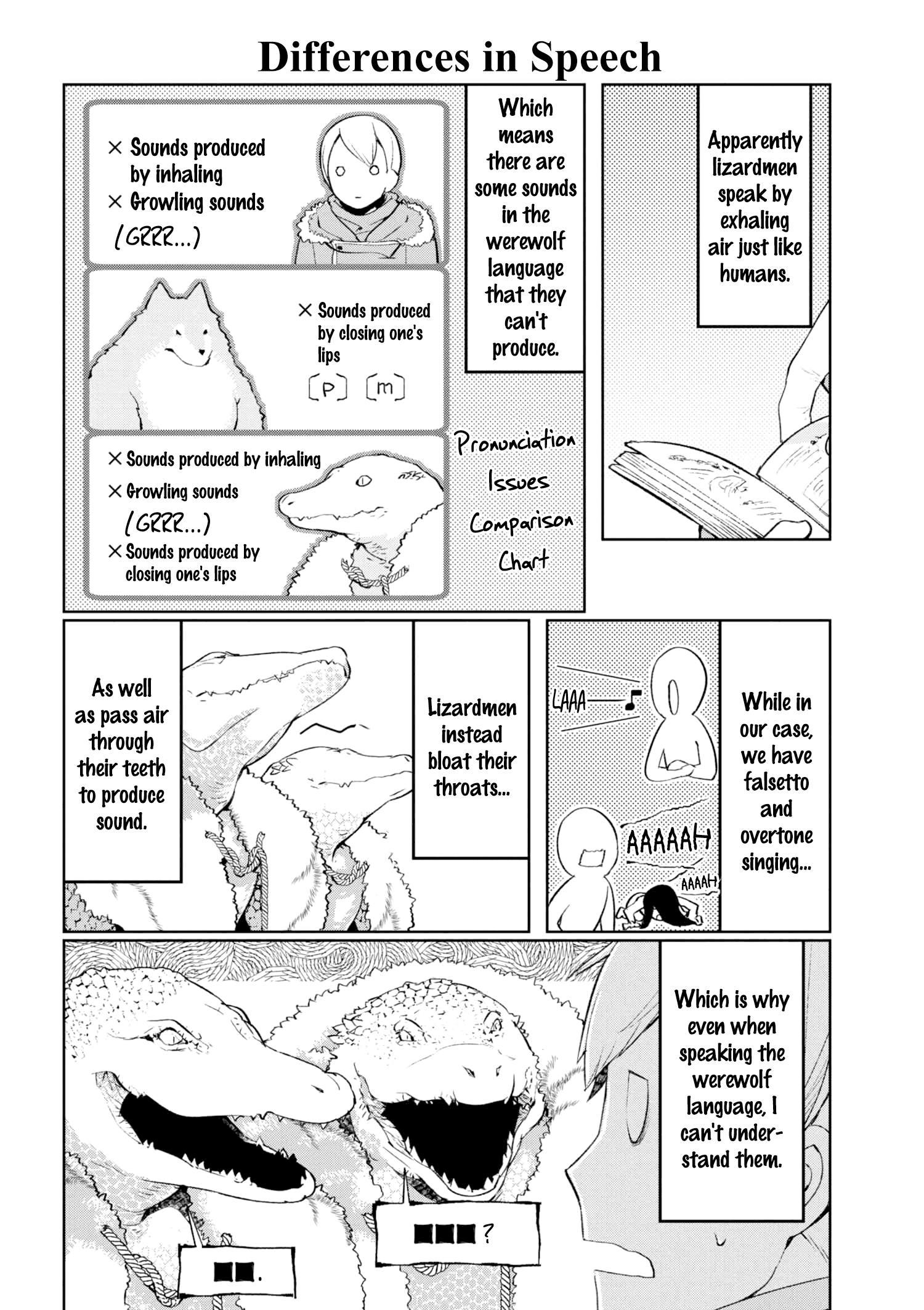
Official Synopsis: When his mentor is injured, novice linguist Hakaba is appointed to take over the professor’s research in the Netherworld! Though Hakaba has studied the languages of werewolves, lizardpeople, and other Netherworld races from afar, this will be his first field experience coming face-to-face with those so many of his fellow humans have dubbed “monsters.” Guided by Susuki, the professor’s half-werewolf daughter (?!), Hakaba begins his quest for a greater understanding of the ways people of the Netherworld communicate-even if it does get a bit…hairy at times…!
Rob Notes:
People often throw the word “unique” around to just mean that something is exceptionally good, but there are times when unique’s true meaning of “one of a kind” actually do apply as well, and Heterogenia Linguistico is one of those cases. There is nothing to compare it to because it’s utterly different than anything else you’re likely to read.
Yes, it starts like many Isekai – a relatable stranger from a world like ours dropped into a “fantasy” world – but in this case the main character is a anthropology graduate student and he then proceeds on his study of the languages and peoples of this “lost continent” of his world. He also gets a cute female sidekick (although not love interest), which is pretty standard Isekai stuff. But from that point on, this story is utterly like any other Isekai story, and probably has more in common with reading the diaries of Jane Goodall than a normal manga.
This is a story about communication, language and culture. There is no fighting, no action, no romance, or any of the other things that usually fill up most manga. Instead it’s better to think of it as a slice-of-life story based around a cultural anthropologist in a fantasy world. He does have adventures as he travels around, and his life is occasionally in danger, but mostly from his own carelessness, not from the people he meets.
And the author has put incredible thought into “the people” he meets. The inhabitants of this lost continent aren’t human, and they don’t behave like humans in suits or makeup either. Each race is unique in their appearance, their language, their culture, and their worldview. Many are variations of the “standard” fantasy races, but mostly superficially. There are no Elves, Dwarves, Hobbits, or other human-like races here, but instead it’s the “monsterous” half of the D&D Monster Manual that the author is exploring. Like Slimes, Harpies (who are more bird than person), Lizardmen, Lupinoids (werewolf-types), Minotaurs, and Naga (snakemen). Goblins are the only standard fantasy race mentioned, but as of Volume 3 have yet to make an appearance.
And instead of being at war, all these races are doing their best to co-exist and co-operate with each other in the ancient art of survival. They have customs, trade routes, bartering languages, communal dwellings, and so much more.
As I said, the author has pretty astounding amounts of depth into it.
So, you might think because of all this, the comic is dry, boring, and like reading a textbook. And, the truth is that I can’t tell you it’s a casual, fun read because at times it really does go into depth about issues of culture and communication. However, that said, the author does try to keep it light by focusing on many of the more amusing parts of our hero’s experiences. For example, when the main character goes to a “werewolf” village the villagers line up to lick him in greeting and he doesn’t want to be rude so he licks them back and ends up with a mouth full of fur. (Imagine licking a pack of dogs!) He’s just lucky they weren’t into butt-sniffing like real wolves!
Also, there is an adventurous part to the story as he travels around exploring and meeting new “people” and new situations. The author does a good job of keeping the story focused on the interesting parts of his experiences, and doesn’t fail to include a few surprises along the way to keep things interesting.
Thus, it actually is a fun read, and I look forward to new chapters as the fan translations have been popping up from time to time. It’s definitely not for everyone, and if you’re looking for a emotional ride, this is not for you. I suspect I like it so much because I’ve experienced my own version of this story in a way. I first moved to Japan when I was 27, and have since lived in South Korea and Taiwan, and I can relate very personally to trying to live inside a culture that’s not your own.
In fact, a version of that “werewolves lining up” story actually happened to me in real life back in 1997. In that case, I was a new arrival waiting for a commuter train at a suburban station in Matsuyama, Japan. A train pulled in and a group of probably Third Graders got off the train with their teacher going on a field trip and came marching down the platform at me. When the first students saw me, they formed a line so each could say hello to the bewildered foreigner (me!) and the rest of the class followed suit while the teachers looked embarrassed. But I greeted the forty or so kids with a series of hellos and smiles and we all went about our day happily.
So for me, this story is actually a little bit like reflecting on the past. But, if you have yet to travel the world, it might be worth reading to help you understand what it’s like to go abroad. Because this is closer to our reality than any Isekai could ever be.

